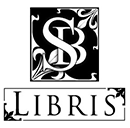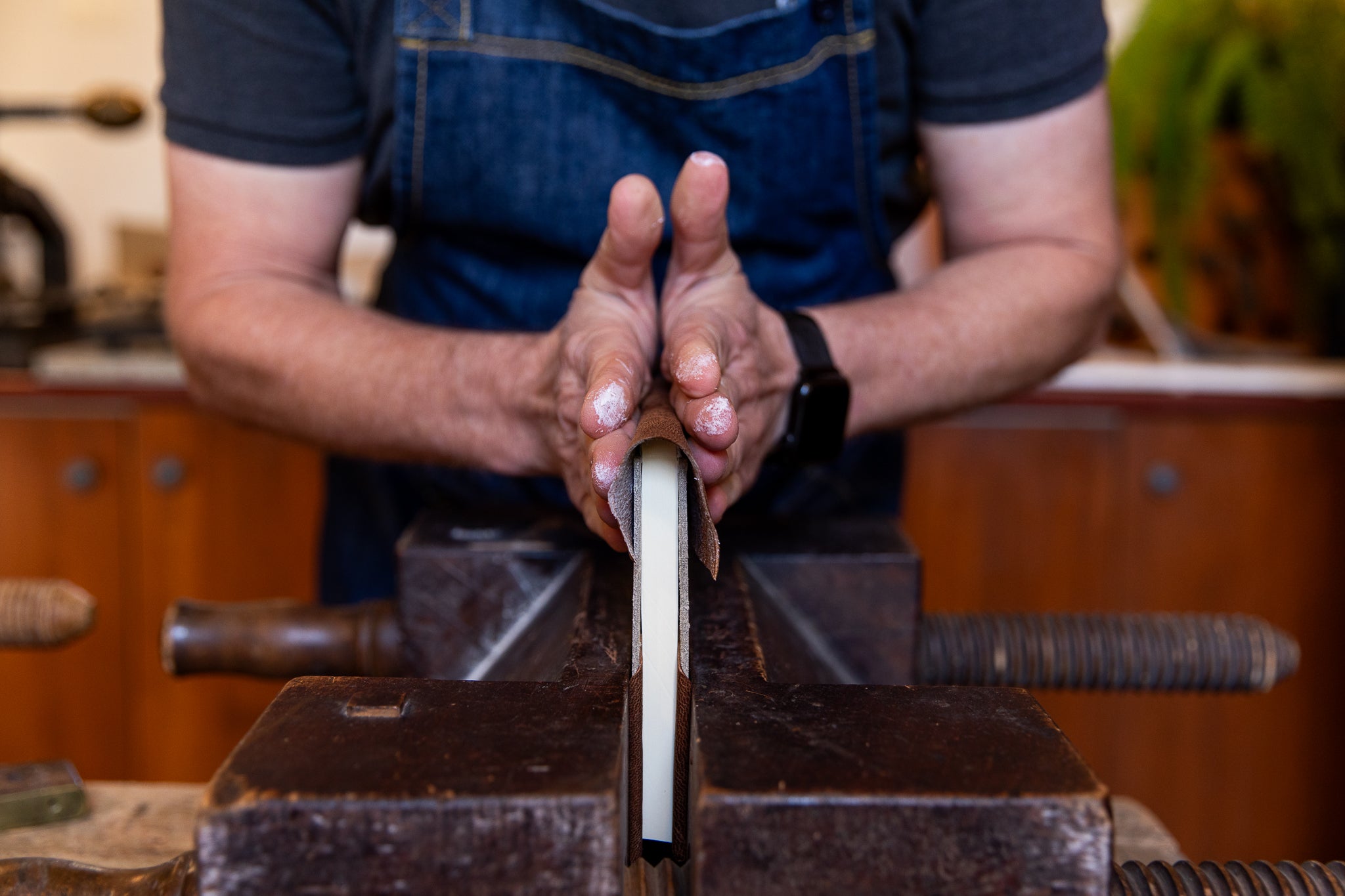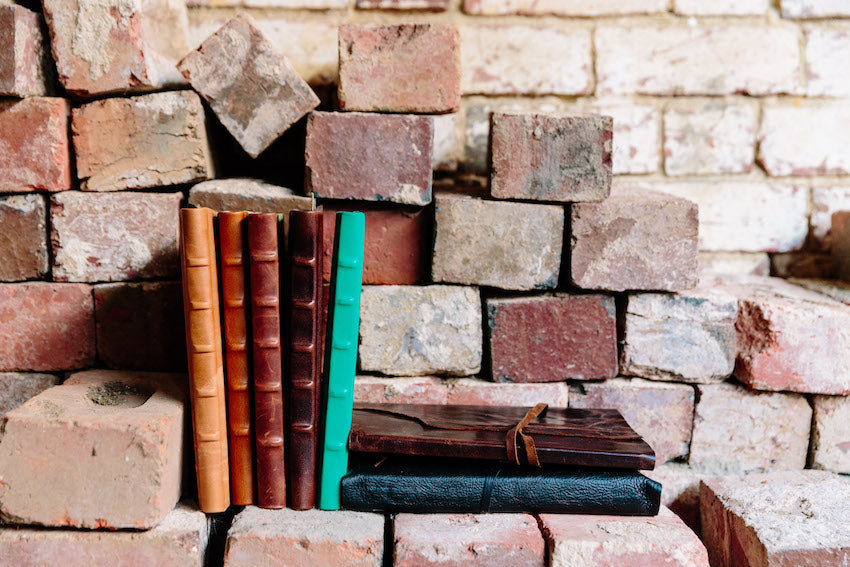
Choosing the Right Paper for Bookbinding: A Beginner's Guide
When you're first getting started in bookbinding, one of the trickiest things to get your head around isn't the thread, or the glue - it's paper.
GSM? Grain Direction? Hot or cold pressed? It can sound like another language. But here's the good news: you don't need to know it all. Just a few essential details - the ones that make the biggest difference, especially when you're starting out.
Whether you're making your first journal, or choosing materials to start a special project, this post will guide you through the most important things to look for when choosing paper.
1. GSM — What It Is, and Why It Matters
GSM stands for grams per square metre, and it’s how we measure paper weight. But in bookbinding, it’s less about the number — and more about what it feels like in your hands.
Here’s a rough guide:
-
80–100gsm → Like your everyday printer paper
-
120–160gsm → Lovely for writing, journaling, or any book pages
-
200gsm+ → Great for albums, artwork, sketchbooks or anything that needs a bit more strength. This is also the weight we use to create the spine piece.
Tip: Try folding the paper or holding it up to the light — it’s one of the easiest ways to gauge thickness and opacity. But note, higher GSM isn’t always better — it depends on what you want your book to be used for.
2. Grain Direction — The Detail That Changes Everything!
Grain direction is one of those things that doesn't look important — but it makes all the difference when you start folding, sewing, and putting a book together.
Paper grain refers to the direction in which the fibres are aligned. For bookbinding, you always want the grain parallel to the spine. Why? Because it folds better, lies flatter, and won’t warp over time. This goes for your spine piece, the cover boards and the book pages themselves.
You can test grain at home in a few ways:
-
The tear test — Paper tears straighter with the grain
-
The fold test — Paper folds more easily with the grain
-
The damp test — Lightly dampen a strip of paper; it will curl against the grain
Even beautiful paper can feel stiff or distorted if the grain isn’t right — and when you're binding, that subtle resistance adds up and makes a big difference.
3. Surface Texture — Smooth, Laid, or Something Else?
Texture affects how paper feels — and how it handles ink, pencil, or paint. Here's what to look for:
-
Smooth/Hot Press: Great for writing, calligraphy, or fine ink work
-
Textured/Cold Press or Laid: Adds visual interest and grip — nice for sketching, pastels, and can just 'feel' nice to use.
-
Coated vs Uncoated: Steer clear of glossy paper for inner pages — it doesn’t fold well and can crack over time
Tip: If you're making a journal, try writing a few lines on each paper type. You'll feel the difference instantly.
4. Acid-Free & Archival Qualities
If you’re binding something meaningful — a travel journal, a family keepsake, or anything you want to last — look for paper that's acid-free.
Better still, lignin-free or archival paper will ensure your work doesn’t yellow or degrade over time.
Good to know: recycled paper can still be archival! It all depends on the production process. We always recommend checking the label — and choosing consciously where you can.
You Don’t Have to Be an Expert to Begin
The beauty of bookbinding is that it teaches you as you go. Every project is a lesson in paper, tools, and technique — and it all starts with paying attention to what’s in your hands.
📚 New to binding? Our Beginner's Bookbinding Kits and Beginner's Bookbinding Courses were designed with exactly this in mind. We also have a free guide for beginner's you can download now.
And if you’ve just found us — welcome. You’re in the right place.




Leave a comment
This site is protected by hCaptcha and the hCaptcha Privacy Policy and Terms of Service apply.